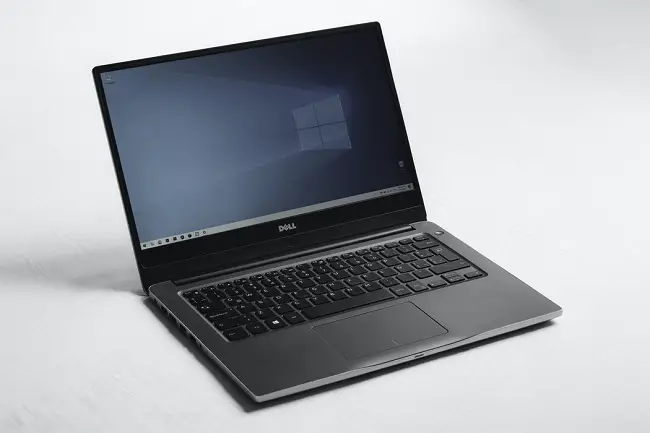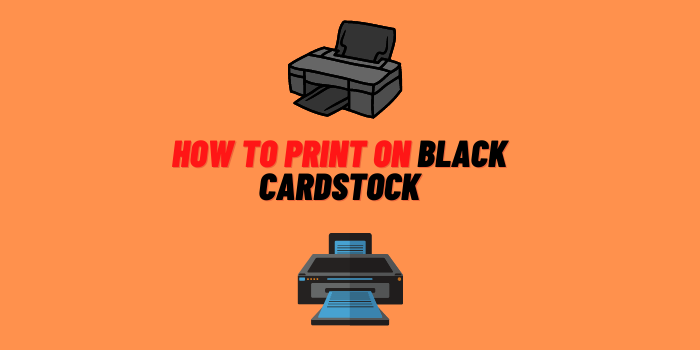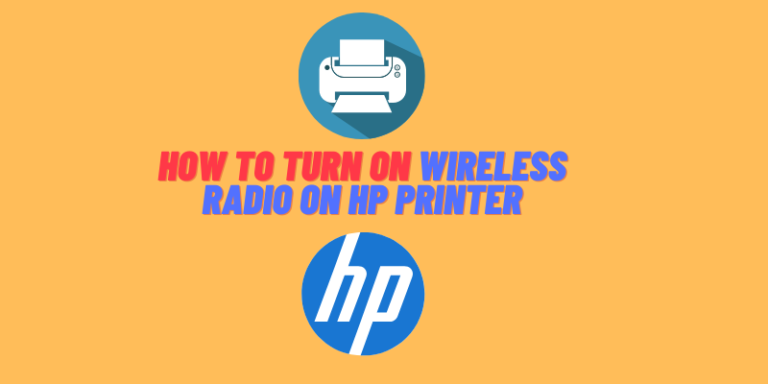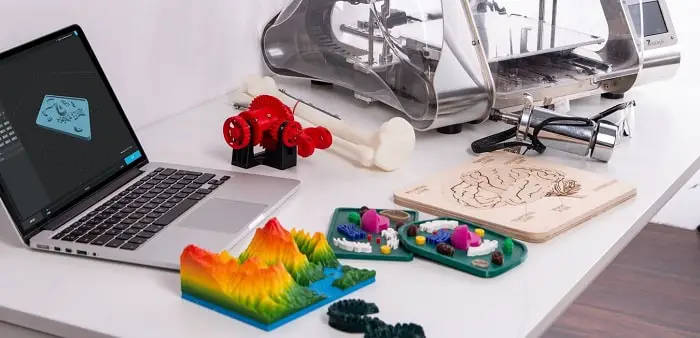Here at projectorexpo.com we sometimes get questions about 3D printing speed, like “how long does 3D printing take?” and especially “how long does 3d printing miniatures take?”
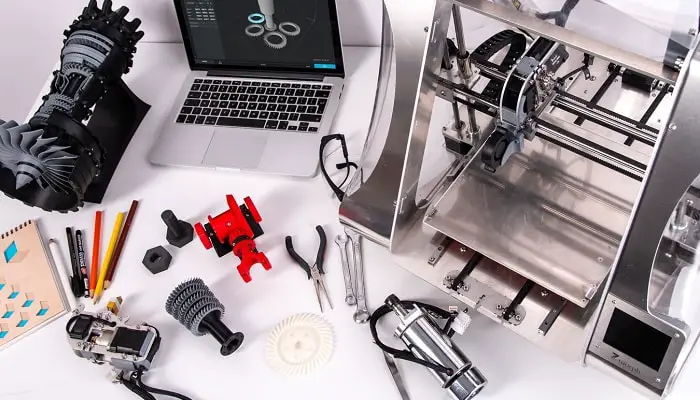
We looked at the topic briefly in our article on 3D printing for miniatures. However, it’s a good question but not an easy one to quickly answer – as well as the actual printing process, there is all the preparation time beforehand and all the finishing time in the end. So – how long does it take? Well, it depends on what you are doing to do 3d printing.
The printing process itself is the easiest to put some metrics on in terms of speed.
The first factor that dictates the speed of 3D printing, is the height of the material that is being manufactured or putting it another way, the full height of the layers you are constructing in any given period. So, as you’d expect, the more (or higher) you print the longer it takes. The model to be printed can be oriented in a way to reduce the part’s height and so reduce the overall printing time
The second factor can be the resolution you are working at. If you need to print in very fine detail, this can take longer.
The next factor is that 3D Printing Speeds vary considerably depending on which of the additive manufacturing 3D printing technologies you use. Additive manufacturing techniques include a wide variety of technologies and printing methodologies that have widely varied printing velocity:
- Binder Jetting (BJ)
- Digital Light Processing (DLP)
- Electronic Beam Melting (EBM)
- Fused deposition Modeling (FDM) also known as Fused filament
- fabrication (FFF)
- Laminated Object Manufacturing (LOM)
- Material Jetting (MJ)
- Selective Laser Melting (SLM)
- Selective Laser Sintering (SLS)
- Stereolithography (SLA)
Factors that then have a direct influence on velocity include the print nozzle’s temperature, the kind of material the printing system is heating, the filament thickness, and so on.
That’s not a full list of all the details within the factors that affect printing speeds but should be enough to tell you that an SLA printer might be right for you if speed is of the essence. SLA/Resin 3D printers are also more accurate than FDM/FFF.
Amost finally, we need to factor in Verifying and preparing your 3D file before printing. So you have CAD time then getting the design into the printer memory, tweaking anything that needs tweaking and anything else that goes with that.
Finally, you need to consider the cooldown time, but most importantly the finishing. The finishing process can be very time consuming and can include all these stages:
- Removing any supports and then making good the resulting surface
- Smoothing and polishing the model
- Dyeing and painting
If you really want an answer to ‘how long does 3D printing take?’ – are all taken into account.
We hope you found this useful. As ever, we appreciate any comments you have.

